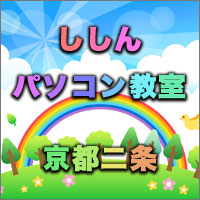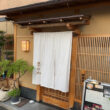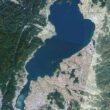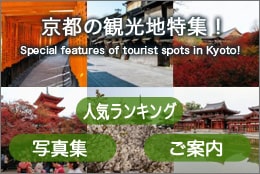Yasaka Shrine’s deities Part 26
Posted date:2023-12-26Author:落ち武者(Surviving Soldier) Transrator:ポンタ(Ponta)
Category:Shinto Stories
広告
adsense4
How are you, everyone? This is the defeated soldier. Susanoo-sama sang that he would build an eight-layered hedge around the palace where he and Kushi-inadahime resided in the land of Suga to protect her. Well, let’s continue the story.
Susanoo-no-Mikoto built a palace, and after singing a song, he called the deity Ashinazuchi and said, “You shall be the head (otobi) of my palace. He also gave him a name and named him Inadanomiyanushisuganoyatumimino kami.
adsense2
At the palace, Susanoo-sama married Kushi-inadahime, and they had a secret affair at Kumido, and the god’s name born is said to be Yashima-junumino-kami.
Hayasusanoo-sama also married the daughter of the deity Oyamatumi, the mountain deity born to Izanagi and Izanami), whose name was Kamu Oichihime, and the children they bore were Ohotoshi no Kami, then Ukanomitama no Kami (the deity of Inari-taisha and the deity in charge of food, also worshipped at Izumo-taisha) and they are two-pillar gods.
(*Gods and those who have died in the Shinto religion are referred to as ‘Ghosts’ and are counted as Hitohashira or Futahasira, rather than as one or two persons.)
(Also, when enshring a deceased person, the name of the deceased is not called by the Buddhist precept, but by adding “Mikoto” to the real name and calling them ~ -no – Mikoto, just as we call Susanoo-sama or Okuninushi-sama Susanoo-no-Mikoto or Okuninushi-no-Mikoto.)
(In Japan, the deceased are worshipped in the same way that Buddhists make offerings to the dead by means of their names, and in honour of their achievements during their lives, they are called ‘~ no Mikoto’, just like other deities.)
(To be continued)

Author
落ち武者(Surviving Soldier)
Nice to meet you, my name is Surviving Soldier. My star sign is Cancer and my blood type is O. My hobbies are visiting shrines and reading books. I have a loud voice, which is easy to understand at best, but at worst, I am noisy, so I would like to be careful. I am looking forward to working with you.












